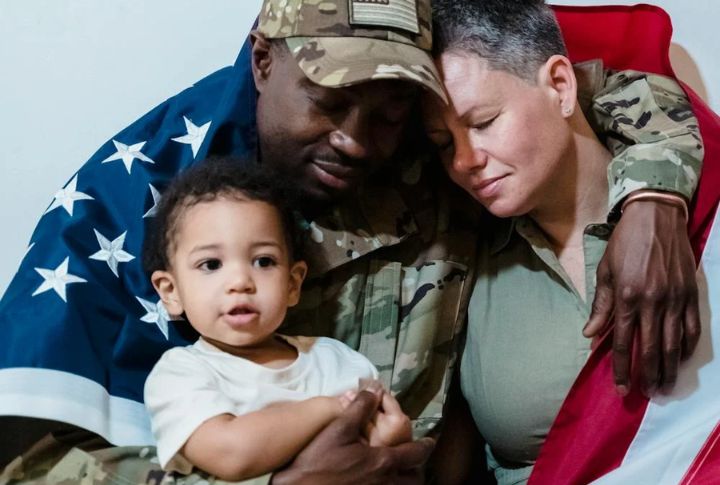
Recruitment numbers are falling, and it’s not just a seasonal dip. The U.S. military is facing a deepening recruitment crisis tied to shifting societal values and economic options. Understanding what drives this decline is key to finding practical solutions. These reasons reveal the complex puzzle behind the drop and what can help turn things around.
Fewer Young People Meet Physical Standards

Obesity rates among U.S. youth have climbed significantly, with the CDC reporting that over 22% of teens are clinically obese. Physical fitness is no longer a given. Recruitment suffers when fewer applicants can pass basic health screenings and meet height-weight standards necessary for service.
Academic Requirements Create A Barrier

A high school diploma or equivalent is mandatory, but many teens either drop out or graduate unprepared. Failing entrance exams, such as the ASVAB, disqualifies thousands yearly. Improving early education, tutoring support, and targeted academic outreach could help widen the pool of qualified recruits.
Private Sector Offers Better Pay Early On

For young people weighing their options, civilian jobs—especially in tech and skilled trades—often promise quicker financial returns without the risks of deployment. Offering structured post-service career paths and stronger enlistment incentives could help the military compete with the early earning potential of private-sector roles.
Fewer Military Families To Inspire Service

Service used to run in families. As generational military households fade, so does organic recruitment. Without a parent or close mentor in uniform, fewer young people even consider the military as an option. Programs that pair professionals with students make these career paths more visible and accessible.
The Gender Gap Still Persists In Some Roles

While the military has made strides toward inclusion, some branches still see limited female recruitment, especially in combat roles. When women have equal access to leave and leadership opportunities, long-term participation increases.
Strict Tattoo And Drug Policies Still Disqualify Some

Visible tattoos, past marijuana use, or a history of minor offenses can disqualify applicants, even in states where laws have changed. Relaxing outdated policies and rethinking blanket bans on nonviolent infractions could open the door for more eligible recruits.
Geographic Imbalance Shrinks The Pool

Recruitment centers thrive in the South and Midwest but struggle in urban coastal areas. Expanding outreach into underrepresented regions could help rebalance the national pool of potential recruits. Many Northeast and West Coast teens rarely see recruiters or military visibility.
Misunderstanding Of Career Opportunities

Teens still think military service only means combat. Roles in cybersecurity, medicine, logistics, and tech often go unrecognized. Updated marketing that showcases the diversity of military jobs can correct misconceptions and draw in talent interested in specialized, non-combat careers.
Extended Waiting Periods Discourage Sign-Ups

The process from interest to enlistment can stretch for months, involving paperwork and background reviews. Many lose interest halfway through. Streamlining application procedures and offering faster pathways from inquiry to boot camp could boost completion rates.
Influence Of Social Media Culture

Online platforms often paint military service as either glorified or grim, with little middle ground. Negative portrayals and viral videos can deter interest. Countering this with authentic stories from diverse service members on YouTube or Instagram may reach skeptical audiences.

